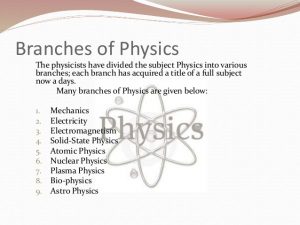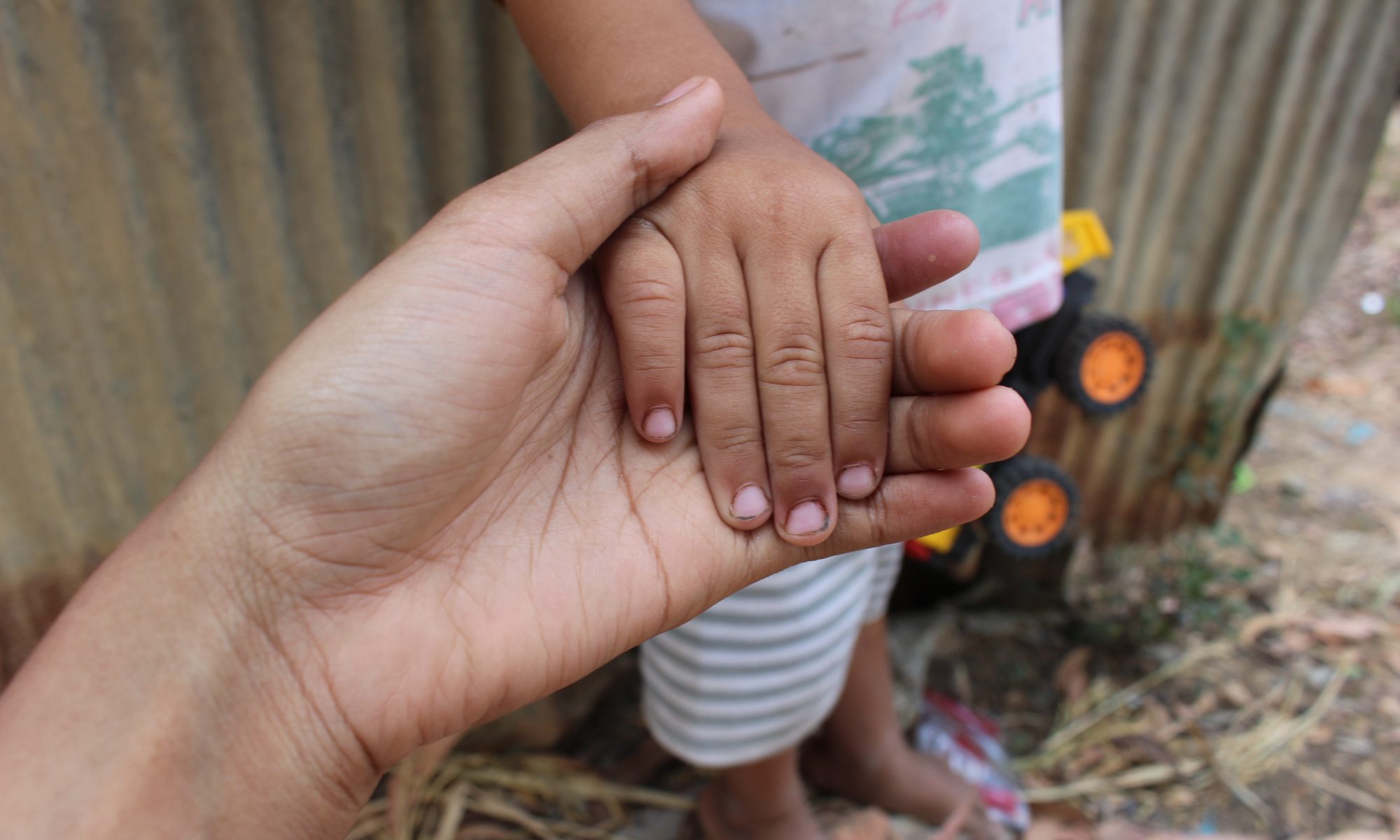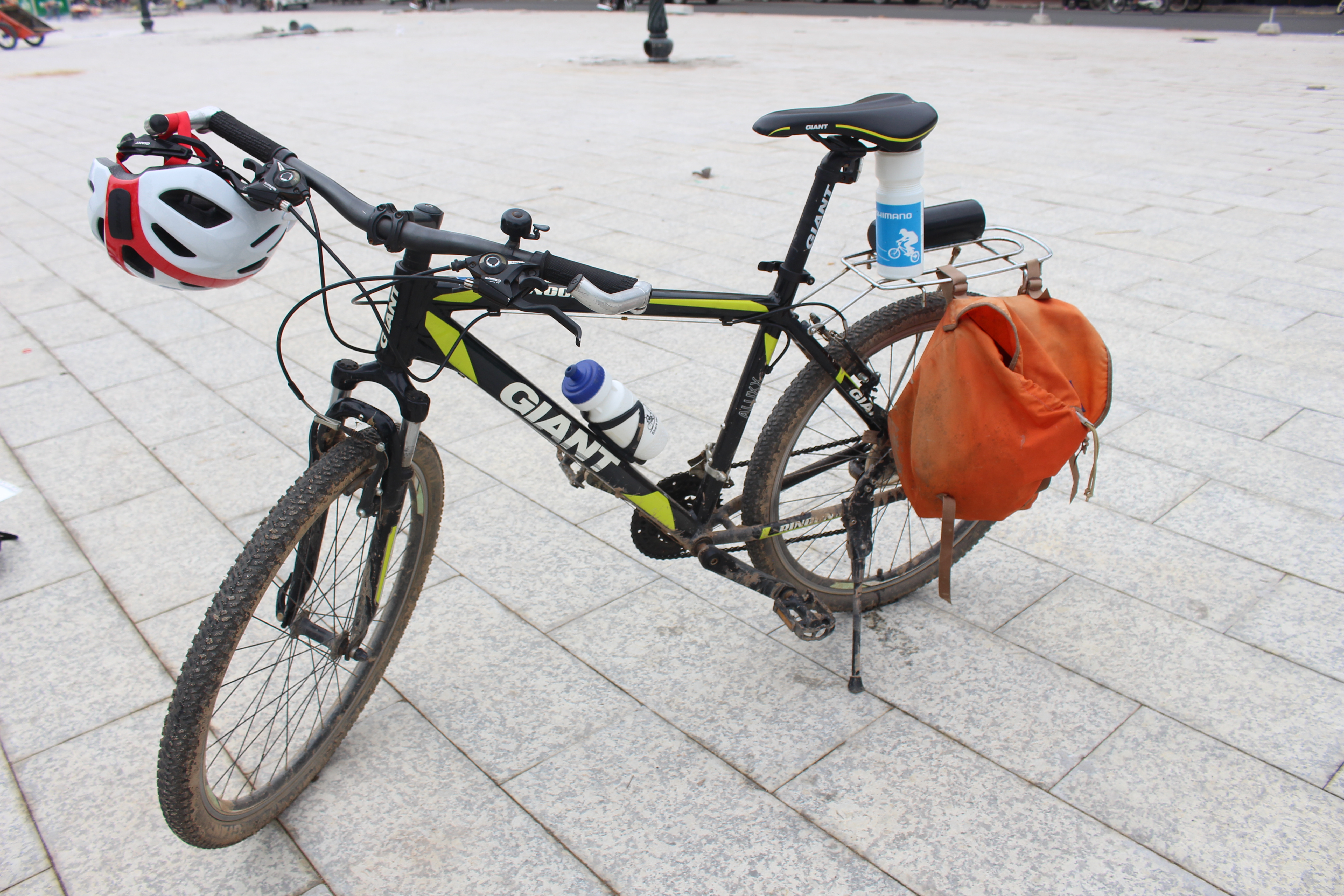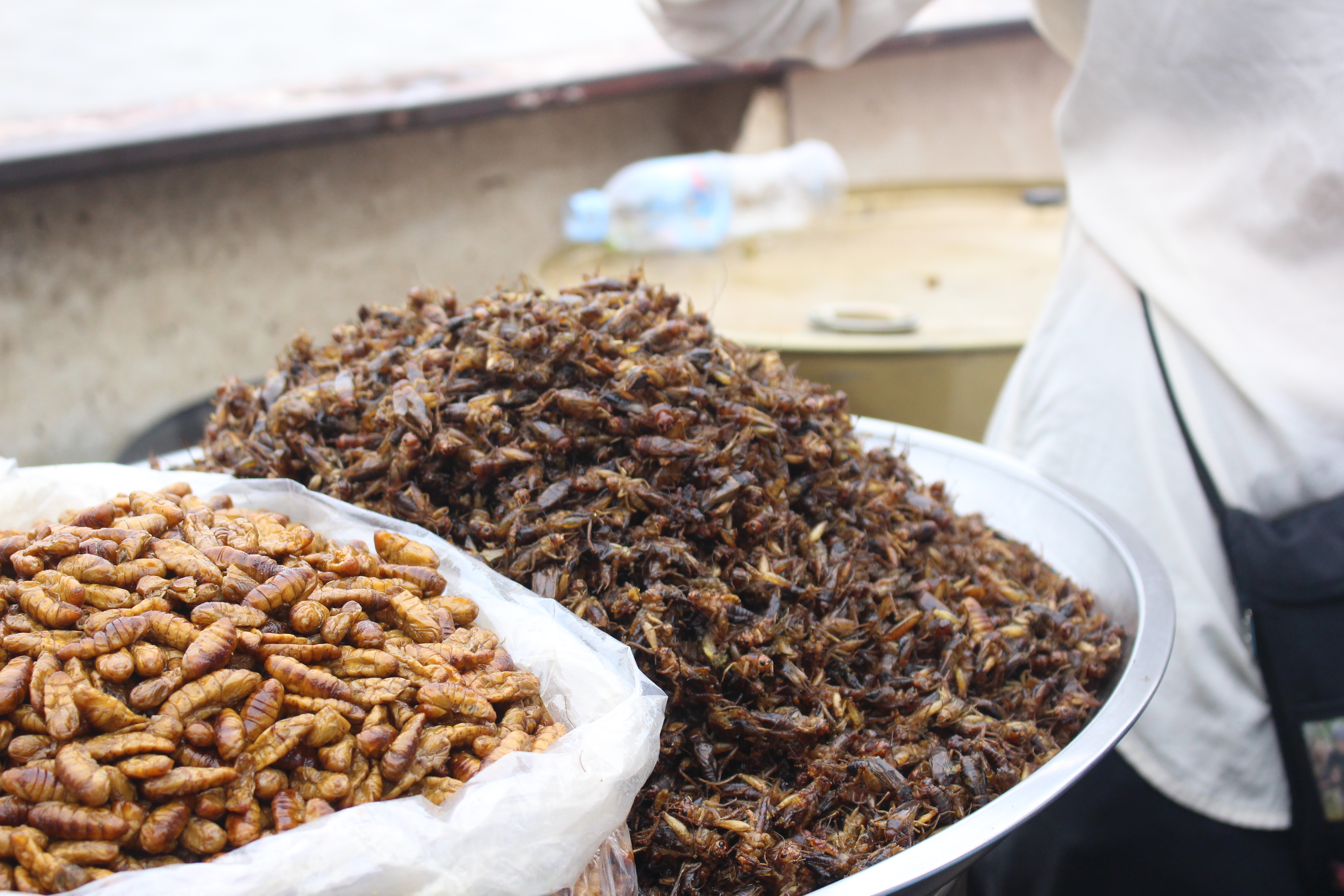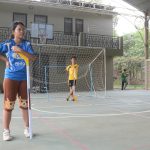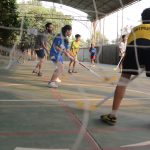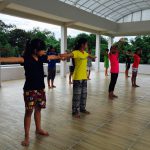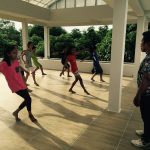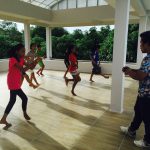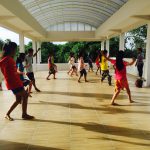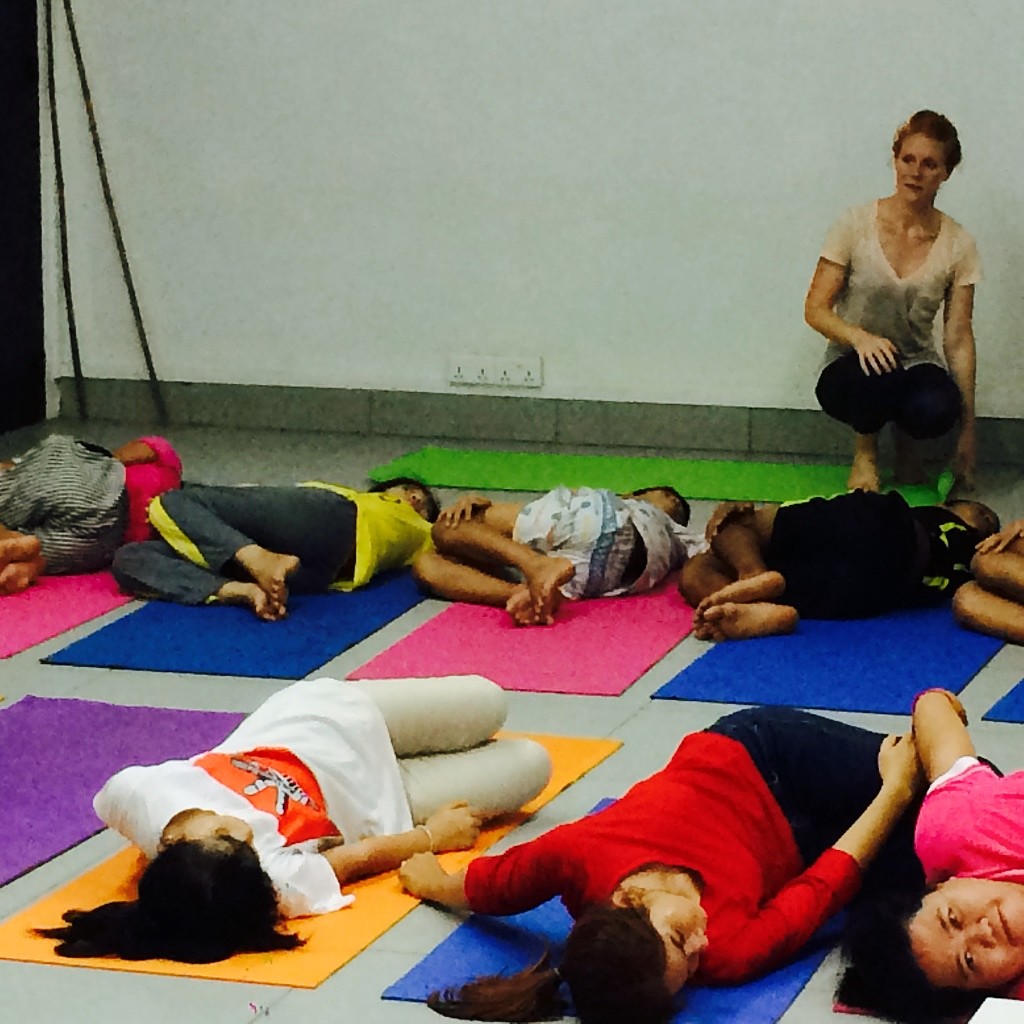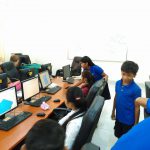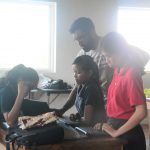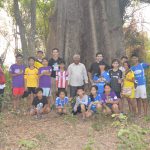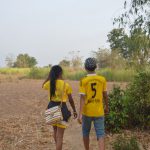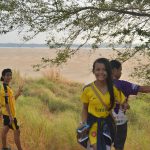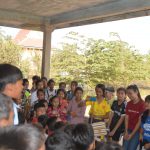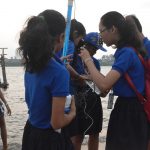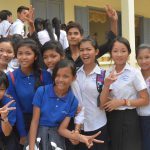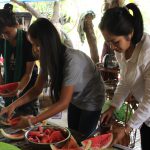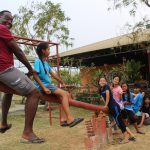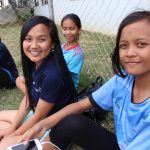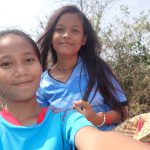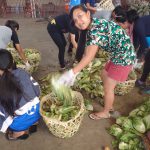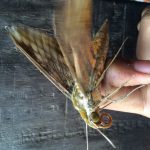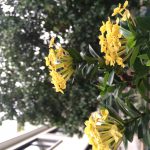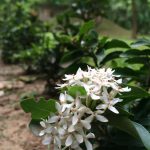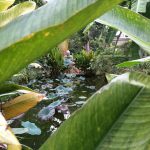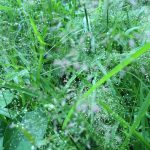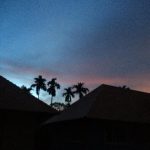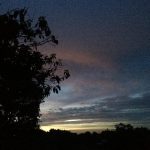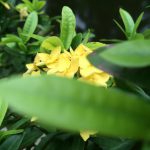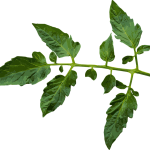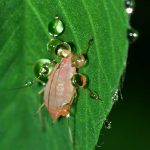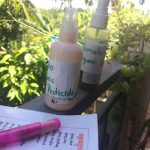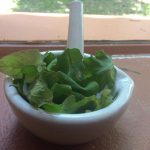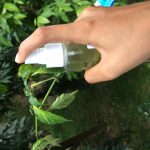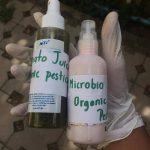Journeys of Change is a bike tour experience that will share insights into the lives of everyday Cambodians by creating a tour for visitors and locals, of the Phnom Penh area. The tour will focus on explaining the changes that have occurred and are occurring in this country, while simultaneously supporting local businesses, being environmentally conscious, training tour guides in responsible tourism, providing cross-cultural exchanges, and creating job opportunities for Liger students to help further and fund their education, after high school.
Floor Hockey
Floor hockey refers to a collection of indoor hockey sports. All types of floor hockey are played on wooden surfaces or basketball court. Different variations of skates and sticks, and a ball or we can be called it a puck is all used in different ways. The main goals of this sport are moving the ball or puck towards the opponent’s goal and score many goals as possible with the match duration. There are some basic rules that are commonly used for all types of game such as, overtime play and penalty shootouts are used to decide a winner if the game is tied at the end of regulation time, the hockey stick was only allowed to raise it up to our knee. If you are against the rule, you’ll get to wait out for two or three minutes.
Hip Hop – Homi
Breakdancing is also called breaking or b-boy, is an athletic style of street dance. This typically set to hip-hop, funky, and breakbeat music.
Hip-hop is a popular dance that is usually performed to hip-hop music and involvement from hip-hop culture. Hip Hop Dance is a style of dance with deeply rooted historical, social, cultural contexts that trace back to the African and Afro-Caribbean diaspora.
Yoga
Yoga has many methods which use specifically on meditation techniques. This focuses the mind on your breathing. practice on breathing can help you to boost oxygen level to your brain. This also increases your flexibility. By practicing yoga, you can maintain a healthy weight and you’ll become more flexible, increase your strength, and your muscle tone.
3D – Design
Have you ever wondered how man-made things in our physical world have been created? Ever look at a building, bridge, computer, or motorbike and wonder how it all came together so perfectly? Have you ever thought about how things were designed in order to fulfill a certain requirement? Chances are they were created with the help of Computer Aided Design or CAD. CAD is used in many industries including all types of engineering like Aerospace, Automotive, and Medical. It is used to make magnificent architectural designs that decorate our cities. CAD is also used for animation and special effects.
The reason CAD is used in all these industries is that using a computer to design increases the accuracy of the expression of the designer since the computer can calculate geometries at a very fast rate.
Before CAD was invented, designs were made by creating drawings and many iterations of prototypes with different materials before a design could be approved. Now with the help of CAD we can approve a design and rapid prototype (3D print) very quickly cutting design time significantly. Now with 3D printing becoming more popular, anyone can design on a computer and create objects in real life!
On behalf of the students of the Liger Learning center, we hope to inspire you to start playing in the world of 3D with our 3D design curriculum!
– How was design done before CAD ( computer-aided design)?
– show examples of 3D design in the industry?
– Which industries do we use CAD?
– Architecture aerospace automotive dentistry
– Creating product with 3D printing
– Thing liger has created with CAD?
STEAM/PBL
STEAM/PBL
What is PBL?
- Project-based learning (PBL) Key Points:
- educational method (not just a teaching or learning style)
- actively explore
- real-world problems, challenges
- deeper knowledge, skills, experiences
- outside of the classroom
- learning by doing (experiential)
- realistic products, solutions or outcomes
Definition
Project-based learning is an educational method that involves inspiring students in problem-solving and investigative activities to gain deeper knowledge, skills, and experiences; giving students the opportunity to actively explore challenging questions and real-world problems outside of the classroom resulting in realistic products, solutions or other outcomes.
This are the pictures from our trip (Chbar Ompov highschool, Kratie)
Waste Management 3
Project Summary
The exploration module follows the waste explorations of the previous two rounds, where the students have already determined the lines of business and started to experiment with the concepts relating to these businesses. The focus of the exploration to develop the compost creating the side of the business. We will not only continue our experiments with composting but will also see how possible it is to get community buy-in, by attempting a small-scale operation of the business with households in Phum Champous-Kaek, particularly asking households and businesses to separate their organic waste for us. The final goal of the exploration will be to further refine a previously-started business plan that can be used as a solution for areas of Cambodia that have a lack of sufficient garbage collection.
Project Outcome
What will students be able to do/write/create/build?
-
Create an effective and more complete business plan
-
Learn the various purposes of a business plan
-
Plan and conduct community outreach
-
Conduct experiments with compost that can be used to vet business concepts
-
Develop business plans and objectives
-
Conduct experiments on compost yield
Trip to Battambang
Photography Extension
People start doing photography (versus taking snaps or selfies) for many reasons. It might be a major life event coming up – new baby, wedding, special birthday – or that overseas trip saved up for over many years. It might be that the capabilities of your phone frustrate you enough to want to get real about photography. However it happens, suddenly you find yourself with an empty bank account and some form of camera gear that you now need to figure out how and where and maybe even, why to use it.
- Recording events and capturing memories
- Have fun
- Learning is good for the brain
- Health and fitness
- Creativity
- Travel
- Meet new people
- Join a photographic community
- Develop a personal style
- It’s all about the light
So much fun can be had with a camera. You could be out with the family at the beach or a picnic, local sports games, randomly roaming your city streets photographing strangers without them noticing, stalking wildlife, hiking up a mountain for a stunning view, or standing under the stars at 2 a.m. watching the Milky Way slowly move across the heavens. So many opportunities to do new, interesting, and fun things with your camera that you likely may not have otherwise done.
All sorts of things become interesting when they can provide you with material for photographic adventures. Cultural festivals, parades, sports events, a wander along the beach, exploring parts of your city previously undiscovered, architectural details on buildings, intricate details of flowers, people watching, difficulties of photographing wildlife, meeting people who have different interests and hobbies – just for a few ideas. Most people are willing to share their passion with you if you take some time to talk to them. There are endless opportunities for photographic inspiration – even the contents of your fridge or pantry can be fascinating when viewed through a macro lens. All you need to do is make an effort to look.
Investigation – Making Organic Pesticides
In my investigation expertise, I’m making two organic pesticides from tomato juice and microbial organic pesticide.
Aphids on plant
- What are aphids?
- Known as plant lice is a small sap-sucking insect. Aphids are soft-bodied insects that use their sharp sucking mouthparts to feed on plant sap. They normally take place in colonies on the underside of tender terminal growth. Heavily-infested leaves can turn yellow because of more than necessary sap removal. Aphids produce very large amounts of a sugary liquid waste called “honeydew”. The main predator of aphids is ladybug and lacewing. This two main predators will appear on the plants when there are heavy aphids infestations. Aphids are among the most destructive (negative, very harmful) on the plant in temperature regions (Cambodia). They’re having the high ability to in numbers by asexual reproduction. The damages they do to plants has made them enemies of the farmers all around the world. There are thousands of aphid species exist in this world. This insect is so small when they extend their wind they can float for hundreds of miles on the wind. Aphids are most commonly in green color but they also can be red, brown or black.
- Why does farmer hate aphids?
Farmer hates aphids because they do so much damaging to the crop. It uses its sharp mouth by pierce the vascular systems of the plants to feed on their juices. They extracted the protein but excreting sugar because their bodies don’t need it. This remains is called honeydew and many other insects and bugs such as ant lap its up.
- Natural Enemies
- Ladybugs
- Hoverfly
- Crabs spiders
- Neuroptera
- Relationship between red ants and aphids
The relationship between aphids and ants is symbiotic in that both receive some benefit from the arrangement. Aphids help to protectants from its predators. So how do aphids help ants? Aphids feed ants food and submissively allow themselves to move if the ants require them to relocate. Farmed ants produced larger drops of honeydew and more offspring. This sweet sticky thing stuff is a favorite food for ants, where it also take it back to feed larvae.
- Intersection observation
- Soft bodies with sugary water
- Tiny legs
- Baby – brown color
- Adult – darker brown with bigger body
- Not really develop
- Why use tomato juice to repel aphids? Tomato plants are part of the nightshade family. It contains alkaloids such as the aptly named tomatine. Tomatine can effectively control aphids and another insect.
Branches of Physics
When learning about and discussing physics, we focus heavily on energy, the core element of the science. To better understand this connection, it helps to refer to a solid working definition of physics.
o sum it all up in the easiest of terms, physics is the study of matter and energy, and how they relate to one another. Some people, especially those more creatively inclined, might want to look at it in terms of form and content-form being matter, and content being energy. Energy may manifest itself in many forms, such as light, motion, gravity, radiation, electricity, and others. Matter, on the other hand, covers any and every physical manifestation, from the smallest particles such as atoms and sub-atomic particles, further into larger physical groups such as stars, universes, and galaxies.As a whole, physics is closely related to mathematics, for it provides the logical structure in which physical laws may be formulated and their predictions quantified. A great many of physics’ definitions, models, and theories are expressed using mathematical symbols and formulas.
